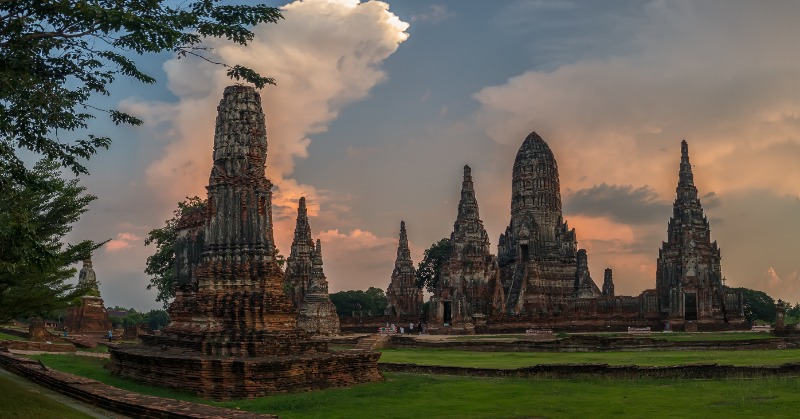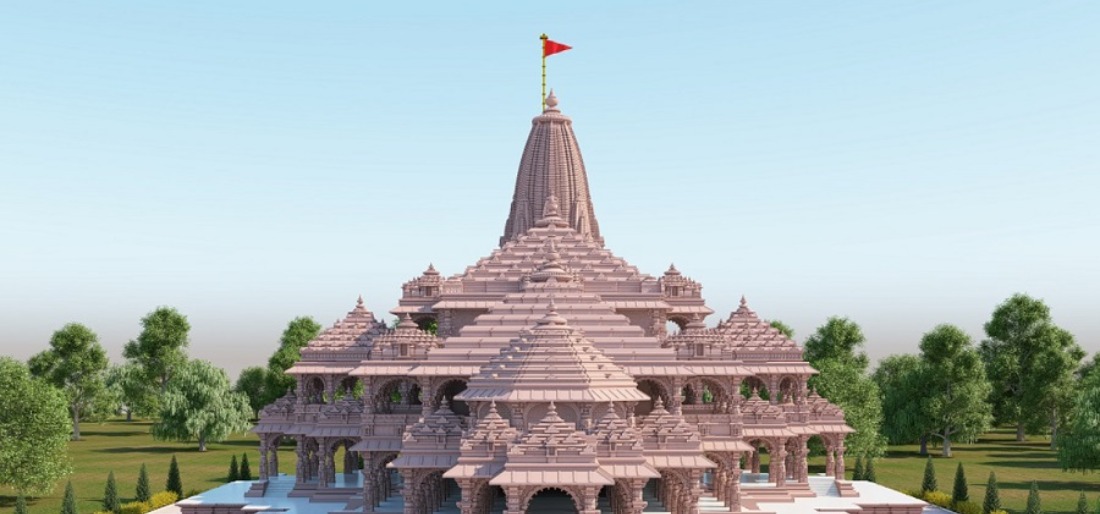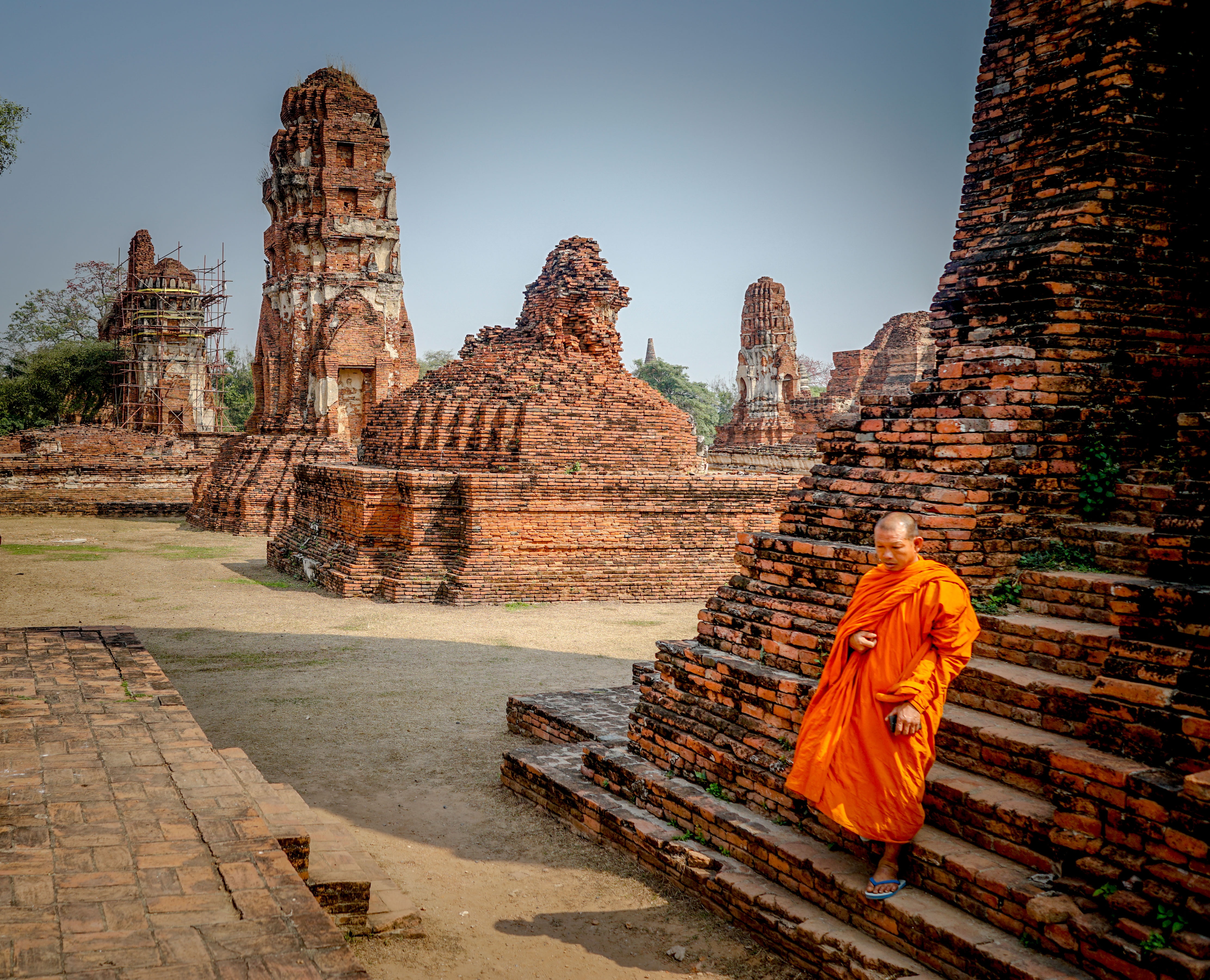Ayutthaya, a UNESCO World Heritage Site in Thailand, is best known for its spectacular temples, ruins and a fine mix of Thai, Khmer and Burmese architecture.
Ayutthaya has long been an interesting site for historians and tourists alike. Indian travelers, in particular, feel a strange link between Ayutthaya and Ayodhya, an ancient Indian city with its own legendary past.
Jump to
- Who founded the city in Thailand?
- What are the cultural and religious similarities between Ayutthaya and Ayodhya?
- How did the city in Thailand get its name?
Who founded the city in Thailand?

Temples in Ayutthaya / Image: Unsplash
Ramathibodi I founded the historic city of Ayutthaya in 1350. For more than four centuries, Ayutthaya was the second capital of the Siamese Kingdom (present-day Thailand) and grew over time to become a powerful and cosmopolitan commercial center.
The city’s advantageous location on the banks of the Chao Phraya River certainly benefited maritime trade and cultural interactions.
What are the cultural and religious similarities between Ayutthaya and Ayodhya?

Ram Temple in Ayodhya/ Image: NDTV
Ayutthaya and Ayodhya not only sound similar but also have cultural and religious affinities. Scholars and historians have been delving into historical narratives for as long as we can remember to investigate the possibility of a link between the two cities.
Ayutthaya boasts an impressive blend of Theravada Buddhism and Hindu-Brahmanical traditions. This combination captures the cultural and religious diversity of the region.
How did the city in Thailand get its name?

The ancient city of Ayutthaya was founded in 1350 by Ramathibodi I/ Image: Unsplash
The ancient city of Ayutthaya is named after Ayodhya, the birthplace of Rama, establishing a link between Hinduism and the Ramayana. King Ramathibodi, the first ruler of Ayutthaya, named the city, demonstrating the influence of the Ramayana on the culture of the region. Later monarchs, particularly those of the Chakri dynasty, used the name Rama, reinforcing the connection with Lord Ram.
What makes Ayutthaya interesting is that we can see how the Ramayana, which was imported to Southeast Asia by Buddhist missionaries, was modified into the Thai version known as Ramakien. This occurred in the Kingdom of Ayutthaya. This is how we see Rama’s life influencing Thai culture.
What do you think about this? Tell us in the comments.
For more trending stories, follow us on Telegram.
Categories: Trending
Source: vtt.edu.vn
